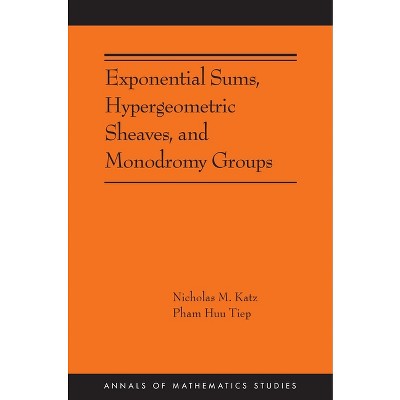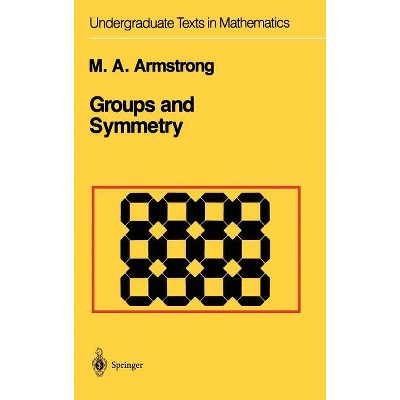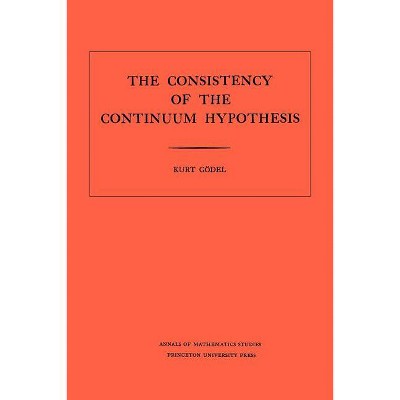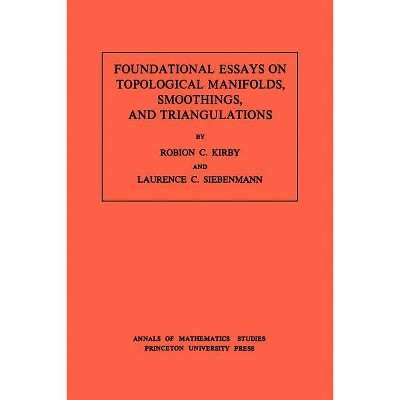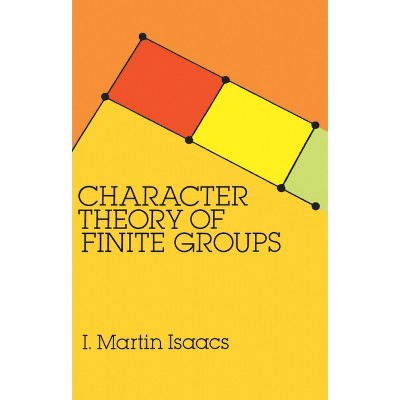Sponsored

Automorphic Forms on Adele Groups - (Annals of Mathematics Studies) by Stephen S Gelbart (Paperback)
In Stock
Sponsored
About this item
Highlights
- This volume investigates the interplay between the classical theory of automorphic forms and the modern theory of representations of adele groups.
- Author(s): Stephen S Gelbart
- 227 Pages
- Mathematics, Group Theory
- Series Name: Annals of Mathematics Studies
Description
Book Synopsis
This volume investigates the interplay between the classical theory of automorphic forms and the modern theory of representations of adele groups. Interpreting important recent contributions of Jacquet and Langlands, the author presents new and previously inaccessible results, and systematically develops explicit consequences and connections with the classical theory. The underlying theme is the decomposition of the regular representation of the adele group of GL(2). A detailed proof of the celebrated trace formula of Selberg is included, with a discussion of the possible range of applicability of this formula. Throughout the work the author emphasizes new examples and problems that remain open within the general theory.
TABLE OF CONTENTS: 1. The Classical Theory 2. Automorphic Forms and the Decomposition of L2(PSL(2, R) 3. Automorphic Forms as Functions on the Adele Group of GL(2) 4. The Representations of GL(2) over Local and Global Fields 5. Cusp Forms and Representations of the Adele Group of GL(2) 6. Hecke Theory for GL(2) 7. The Construction of a Special Class of Automorphic Forms 8. Eisenstein Series and the Continuous Spectrum 9. The Trace Formula for GL(2) 10. Automorphic Forms on a Quaternion Algebr?
From the Back Cover
The subject matter of these Notes is the interplay between the theory of automorphic forms and group representations. One goal is to interpret some recent developments in this area, most significantly the theory of Jacquet-Langlands, working out, whenever possible, explicit consequences and connections with the classical theory. Another goal is to collect as much information as possible concerning the decomposition of L2(GL(E, Q) GL(2, A(Q).





